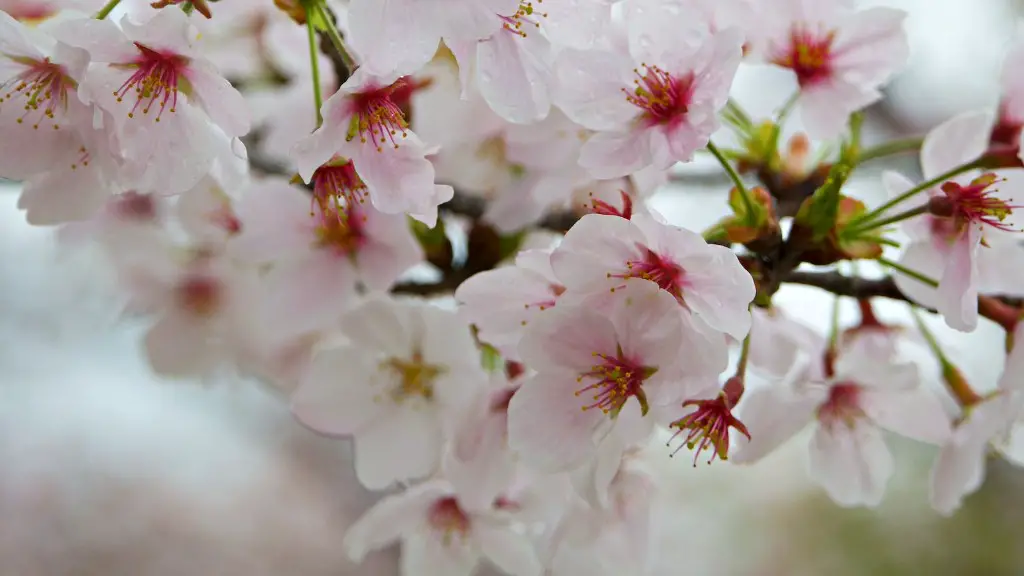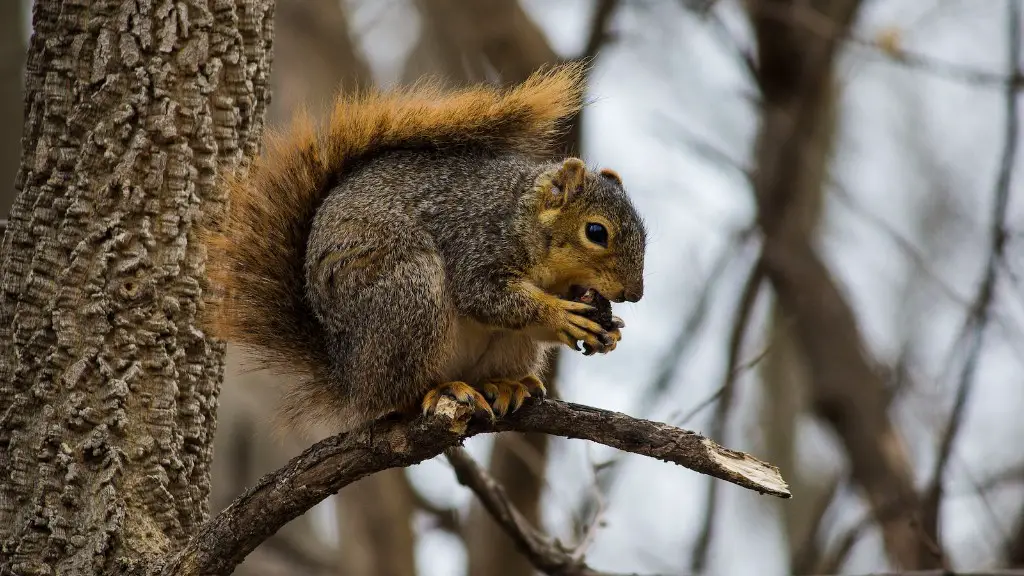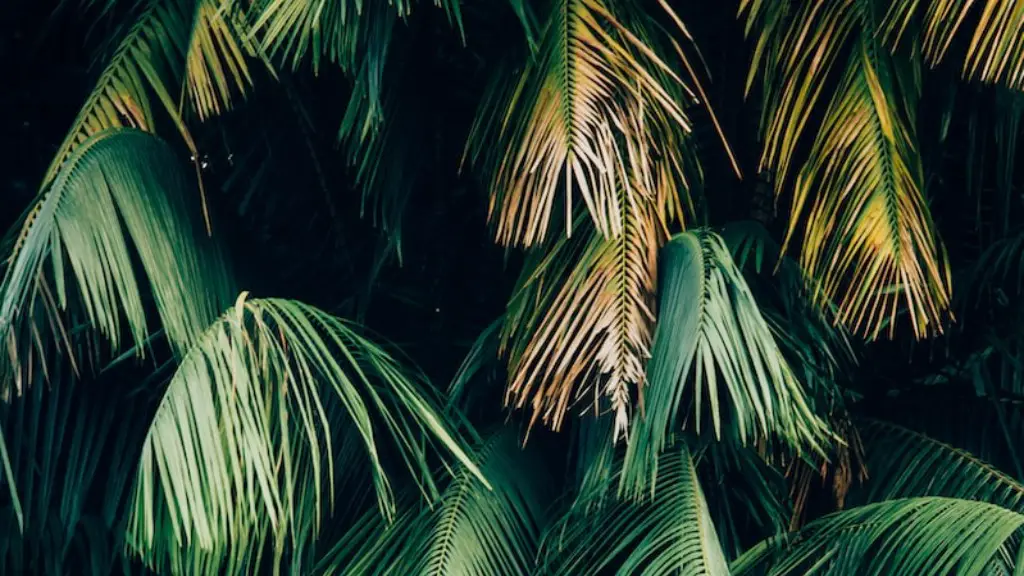Materials Needed
For a successful cherry blossom tree painting, all you need are a few basic art supplies. Start with a stretched canvas. Choose either round or rectangular, depending on the look you want to create. You’ll also need a range of oil paints or acrylics, making sure to cover the primary colors and a few shades of white. Brushes are essential, so make sure you have a selection of different sizes and shapes. If you plan to do any detailed work, fine tip brushes will come in handy. Also, have some paper towels, a palette, and a container of water at the ready, to keep your paint wet and clean your brushes.
Setting Up The Canvas
Secure the canvas firmly to your work surface with a low-tack masking tape or a similar adhesive. Depending on the size of the canvas, you may require large pieces of tape or two shorter pieces. If you’re using a primed or gessoed canvas, you may skip this step or apply a thin layer of gesso. If you are using a raw canvas, make sure to prime it with a few coats of quality gesso.
Sketching the Cherry Blossom Tree
Once you have your canvas and basic materials ready, it’s time to start sketching the cherry blossom tree. Drawing a sketch of the tree is especially important if you are a beginner artist. Feel free to mess around with the style and shape of the tree, as it will give you a better understanding of where the details will fit into the composition. When sketching, you should use soft, vine charcoal or a graphite pencil. Once you have a sketch, you can start to lay down the paint.
Painting the Tree Trunk and Leaves
The first step in painting your cherry blossom tree is to paint the tree trunk and leaves. If you’re using oil paints, use a mid-tone color for the background and a warm brown for the trunk. However, if you’re using acrylics, choose colors that are slightly brighter. Paint the tree trunk in sweeping strokes, leaving the lower half white for the trunk to appear detailed. The leaves should be light and airy, and can be painted using a light green. When painting the leaves, create a natural blend between the colors, fading them up into the sky.
Adding Depth and Contrast to the Painting
You can add more depth and contrast to your painting with various techniques. To get a soft gradation of colors, you can use a dry brush technique to slowly layer up the colors. This will give the painting depth and make it more interesting. You can also use the wet-on-wet technique, which involves painting the one color into another while the paint is still wet. Experiment with different techniques until you are happy with the results.
Painting the Cherry Blossoms
The cherry blossoms are the key feature in your painting and should be the last thing you paint. You can use soft curved strokes with a thin brush for a realistic effect. Always start with the lightest color and slowly layer up the darker colors. Remember to switch paint brushes often, as the mixture of colors on the brush will affect the end result. You can also add some brighter whites here and there for a sparkling look. Once you are happy with the blossoms, let them dry.
Final Touches
Once the painting is dry, it’s time to add the finishing touches. Check the painting for any unwanted brushstrokes and make any adjustments if necessary. To bring out the details, create a light glaze with a mix of white and yellow ochre. This will give the painting a softer look. Once the painting is done, you can display your artwork proudly.
Choosing Special Effects
You can choose to add some special effects to your painting if you wish. For example, you can add splatters of paint to give it a more abstract feel. Or, if you want a more professional look, use scraping or sponging techniques. This is a great way to give the painting an aged appearance. You can also use a dry brush technique to add a hazy or dreamy feeling to your painting.
Customizing the Painting
Customizing the painting is a great way to make it unique and showcase your own personal style. You can choose a variety of materials to add texture and interest, such as glitter, beads, sequins, or other found items. You can also mix different media, such as fabrics, paper, or even objects. For example, you can add some paint and glue to a ripped paper and press it onto the canvas.
Experimenting with Different Mediums
If you’re feeling adventurous, you can experiment with different mediums to create a unique cherry blossom tree painting. For example, you can use clay to create an embossed tree trunk. You can also use pastels to create a vibrant contrast for the blossoms. When creating your own masterpiece, keep in mind that it’s okay to make mistakes. Every painting is a learning experience, and any errors can be fixed with a few adjustments.


